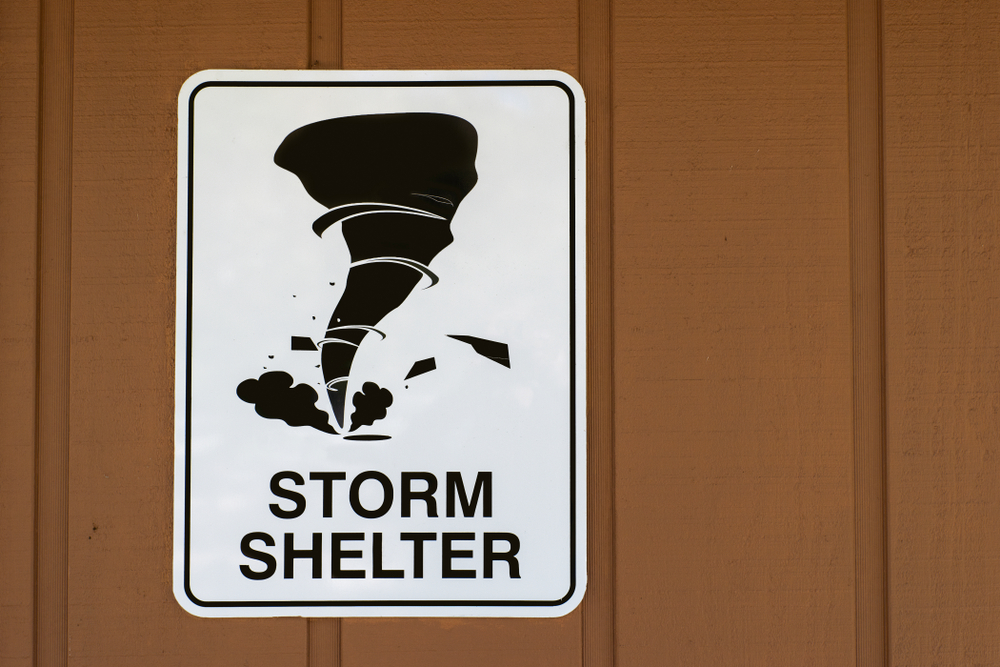In our latest installment of Ask the Expert, brought to you by the team of industry experts at EHS Hero®, we look at a recent question from a subscriber asking about compliance to OSHA’s tornado shelter requirements. See what the experts had to say.
Q: Many of our company’s distribution centers do not meet the OSHA tornado shelter requirements because they do not have a concrete ceiling. What area could shelter our associates and be compliant?
The OSHA regulations do not require that a shelter providing protection from a tornado be constructed with a concrete ceiling. OSHA, however, gives advice on its website as to what constitutes a safe space for sheltering from a tornado. Although not a legal requirement, a room constructed of concrete is among the Agency’s suggestions in the “Preparedness” section of its website page Tornado Preparedness and Response. There, OSHA notes: “an underground area, such as a basement or storm cellar, provides the best protection from a tornado. If an underground shelter is unavailable, consider the following:
- Seek a small interior room or hallway on the lowest floor possible
- Stay away from doors, windows, and outside walls
- Stay in the center of the room, and avoid corners because they attract debris
- Rooms constructed with reinforced concrete, brick or block with no windows and a heavy concrete floor or roof system overhead
- Avoid auditoriums, cafeterias and gymnasiums that have flat, wide-span roofs.”
General OSHA emergency preparedness and response information about shelter-in-place procedures at a worksite advises employers to select “an interior room(s) above the ground floor (selecting a room above ground floor does not apply to tornadoes or hurricanes), with the fewest windows or vents. The room(s) should have adequate space for everyone to be able to sit. Avoid overcrowding by selecting several rooms if necessary. Large storage closets, utility rooms, pantries, copy rooms and conference rooms without exterior windows are ideal. Avoid selecting a room with mechanical equipment like ventilation blowers or pipes, because this equipment may not be able to be sealed from the outdoors.” With the exception of the “above ground” criterion, the other shelter area criteria would apply also to a shelter area from a tornado.
While for a home rather than a workplace, a Red Cross “Tornado Safety Checklist” recommends that a safe room “should be a basement, storm cellar or an interior room on the lowest floor with no windows” and that you should “consider having your safe room reinforced.”
Recommended by the Red Cross, you might also find useful the very detailed information on the Federal Emergency Management Agency (FEMA) website regarding “safe rooms” which FEMA describes as “a hardened structure specifically designed to meet the FEMA criteria and provide near-absolute protection in extreme weather events, including tornadoes and hurricanes.”

